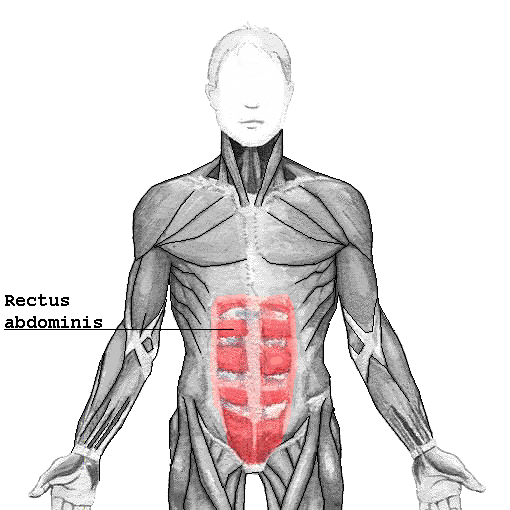TA A04.5.01.003 | FMA 9587 | |
 | ||
Latin vagina musculi recti abdominis | ||
The rectus sheath is formed by the aponeuroses of the transverse abdominal and the external and internal oblique muscles. It contains the rectus abdominis and pyramidalis muscles.
Contents
It can be divided into anterior and posterior laminae.
The arrangement of the layers has important variations at different locations in the body.
Below the costal margin
For context, above the sheath are the following two layers:
- Camper's fascia (anterior part of the Superficial fascia)
- Scarpa's fascia (posterior part of the Superficial fascia)
Within the sheath, the layers vary:
Below the sheath are the following three layers:
- transversalis fascia
- extraperitoneal fat
- parietal peritoneum
The rectus, in the situation where its sheath is deficient below, is separated from the peritoneum only by the transversalis fascia, in contrast to the upper layers, where part of the internal oblique also runs beneath the rectus. Because of the thinner layers below, this region is more susceptible to herniation.
Above the costal margin
Since the tendons of the internal oblique and transversus abdominus only reach as high as the costal margin, it follows that above this level the sheath of the rectus is deficient behind, the muscle resting directly on the cartilages of the ribs, and being covered only by the tendons of the external obliques.
